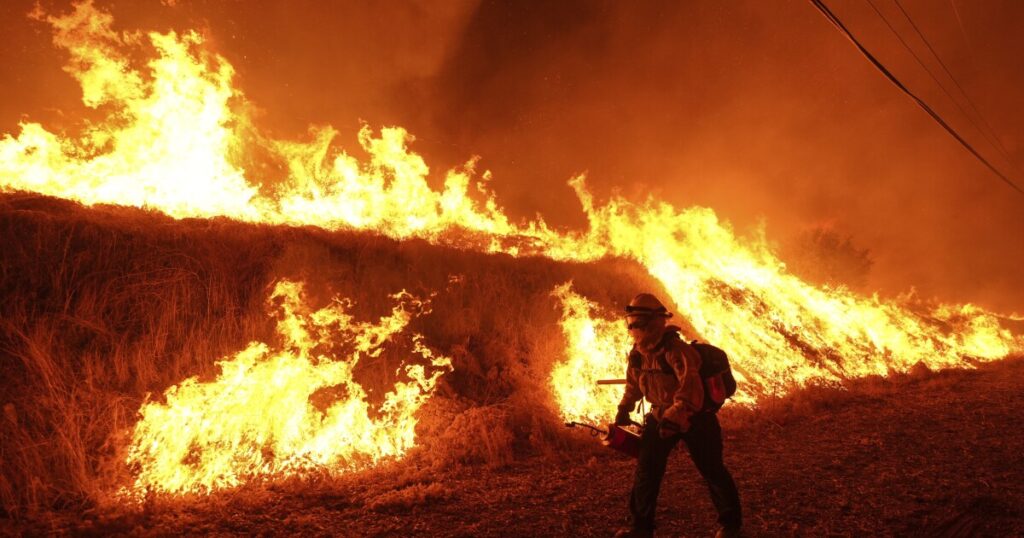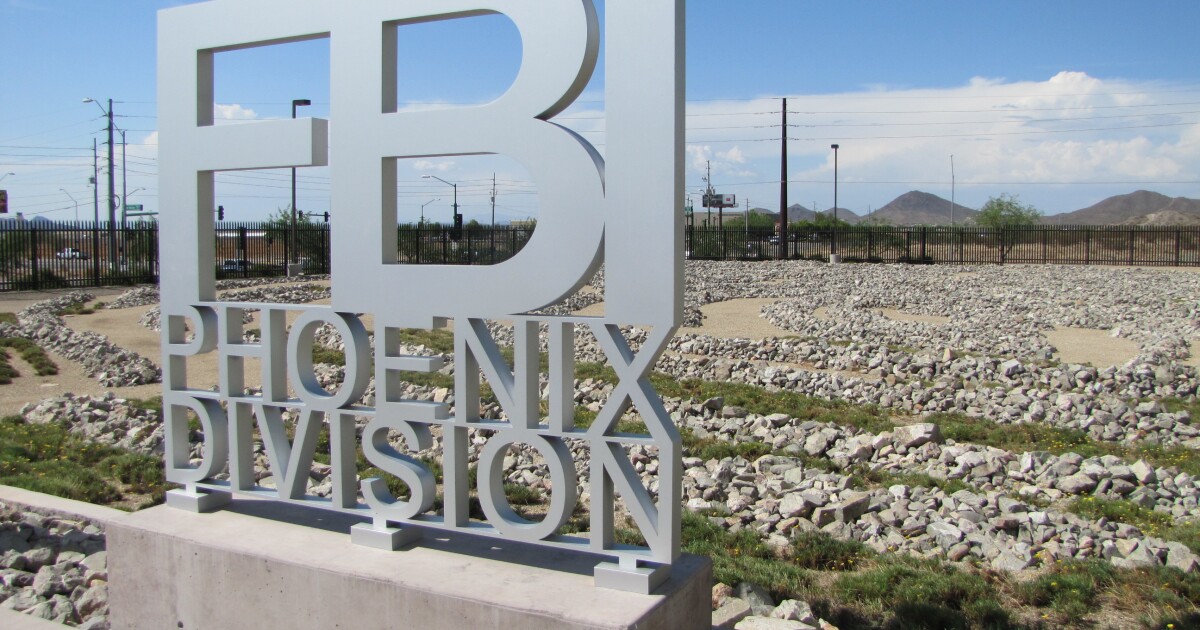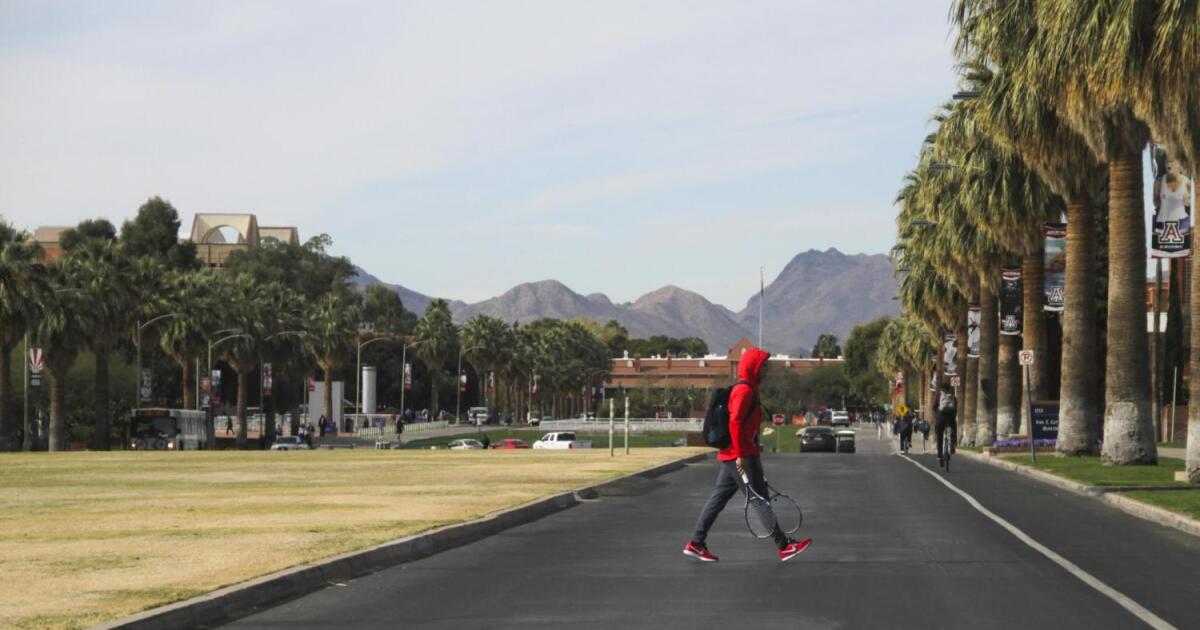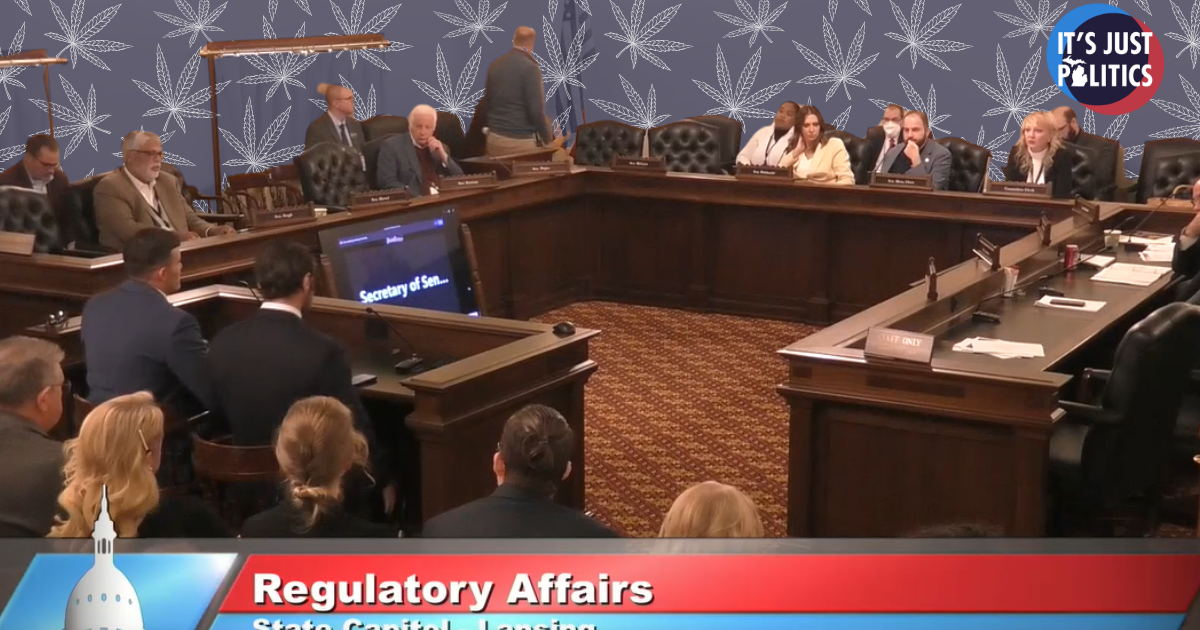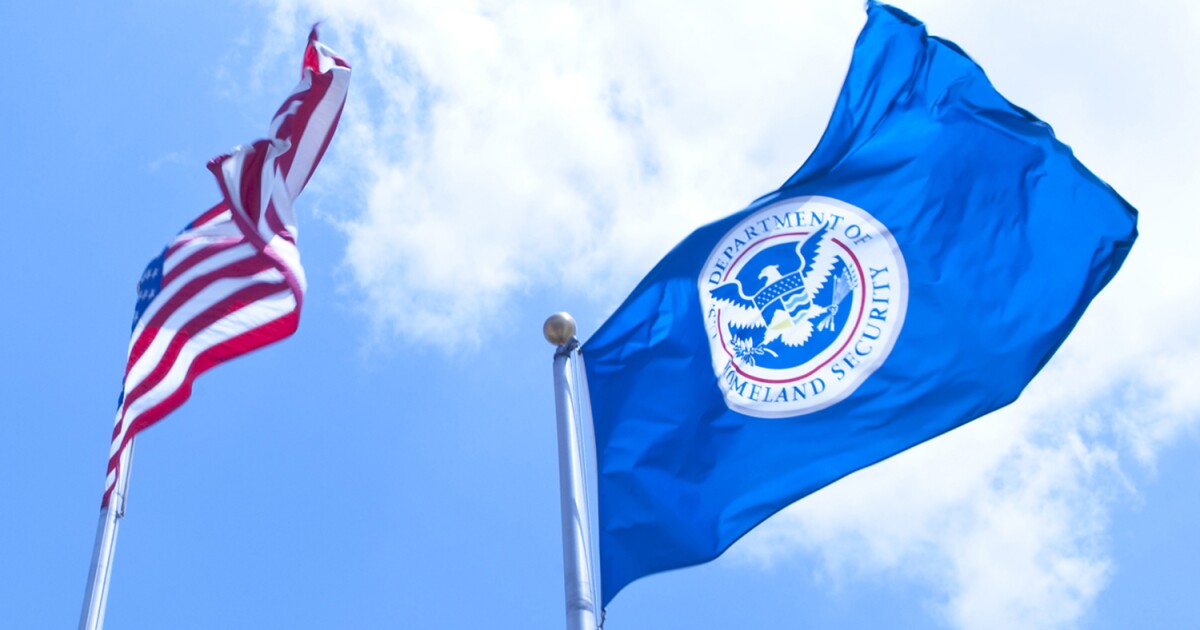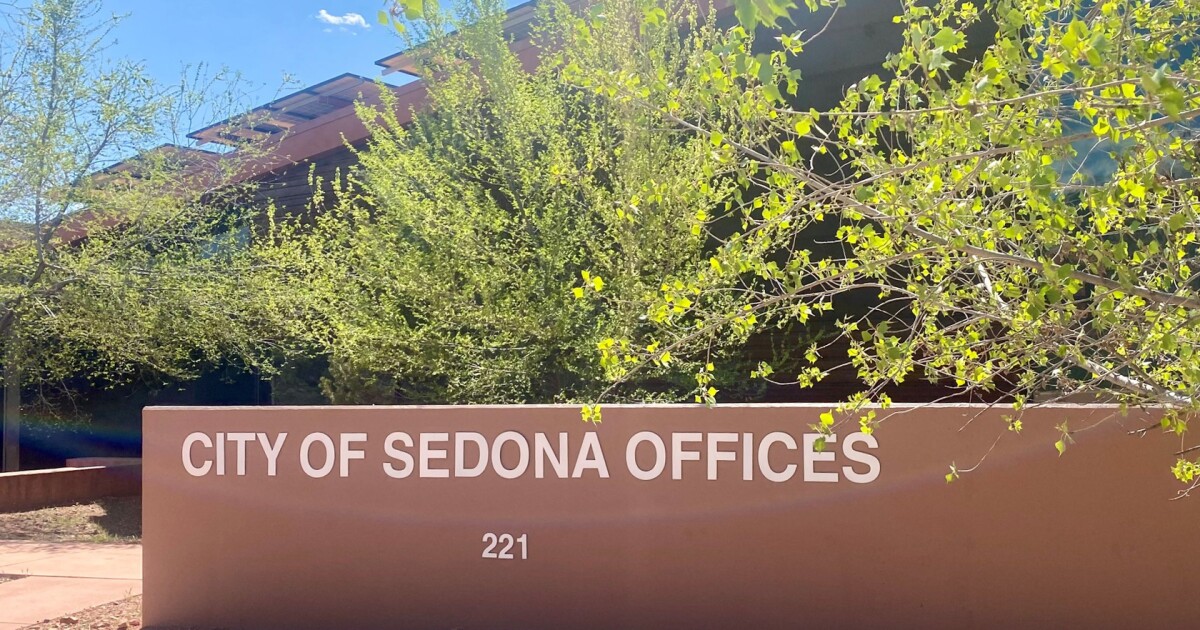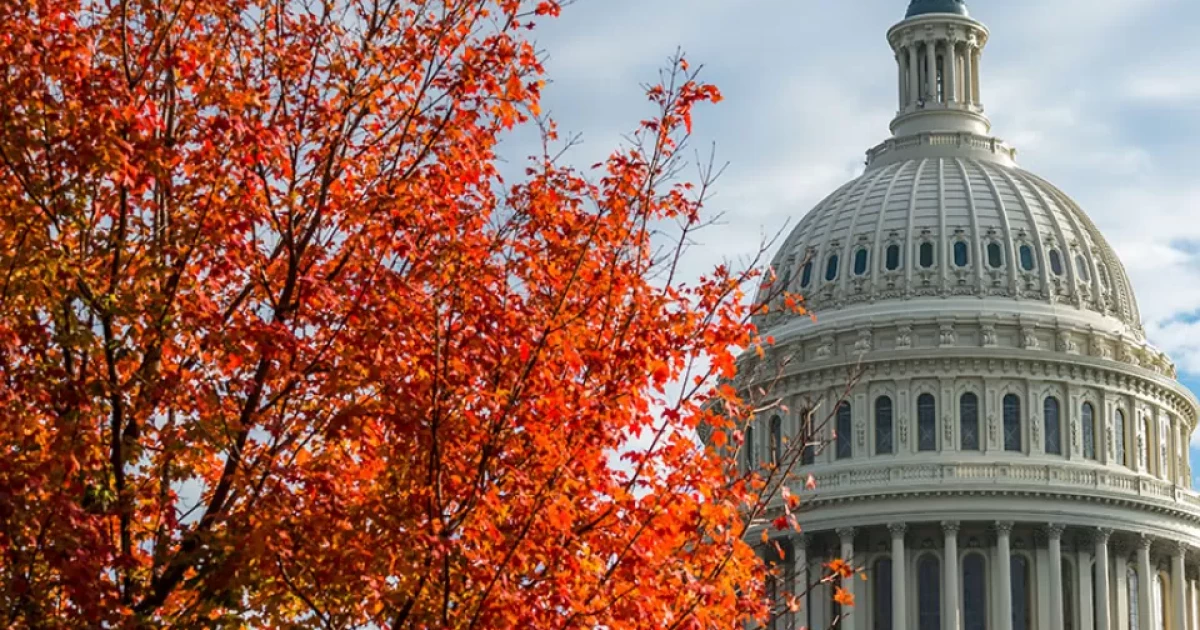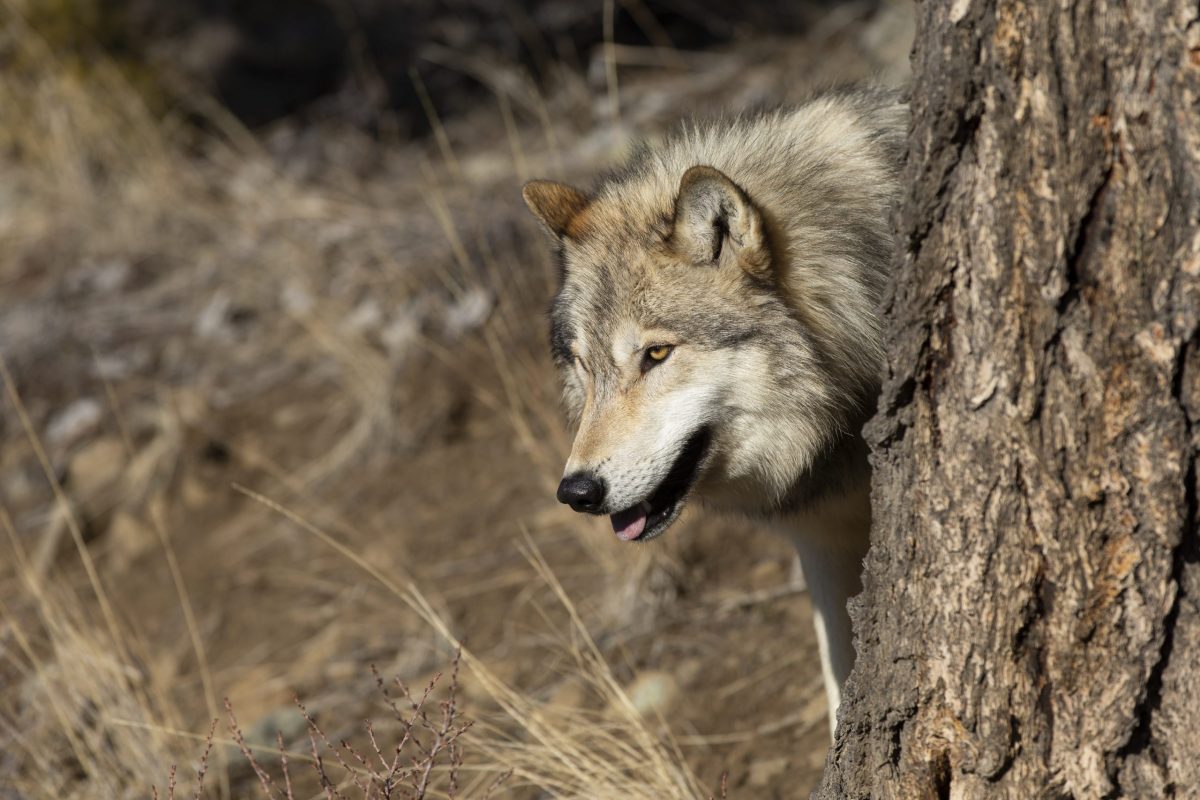Trump Orders Centralization of Wildland Firefighting Amidst Concerns of Increased Risks
In a move that has drawn both support and criticism, President Donald Trump has directed the consolidation of wildland firefighting efforts into a singular program. The decision has been met with warnings about potential cost implications and an increased risk of larger, catastrophic wildfires.
The executive order aims to unify the firefighting operations currently managed by five different agencies and two Cabinet departments. President Trump’s budget proposal for the upcoming year includes the establishment of a new Federal Wildland Fire Service under the U.S. Interior Department. This reorganization would involve transferring thousands of personnel from the U.S. Department of Agriculture’s Forest Service, the primary employer of federal firefighters, at a time when fire season is already active. However, the administration has not yet revealed the financial impact of this restructuring.
Highlighting the need for a more rapid response to wildfires, Trump referred to the severe wildfires that ravaged Los Angeles in January. “Wildfires threaten every region, yet many local government entities continue to disregard commonsense preventive measures,” the order asserted.
Despite the initiative, the order does not address climate change, a factor that exacerbates wildfires. Last year, the U.S. experienced over 65,000 wildfires, burning nearly 9 million acres.
Critics, including organizations representing firefighters and former Forest Service officials, have expressed concerns that restructuring firefighting operations could be costly and disruptive during peak fire season. They fear it might shift the focus from prevention to suppression, potentially increasing the severity of fires as forests become overgrown.
A coalition of former Forest Service chiefs warned in a letter to lawmakers that centralizing firefighting efforts could “actually increase the likelihood of more large catastrophic fires, putting more communities, firefighters and resources at risk.”
As high temperatures continue to persist across much of the country, federal officials anticipate another challenging fire season this year.
The Center for Western Priorities, a left-leaning advocacy group, denounced the proposal as “madness,” especially given the ongoing wildfire season. Aaron Weiss, the group’s deputy director, commented, “If President Trump was serious about improving the nation’s wildland firefighting capabilities, he would stop hollowing out the agencies tasked with fighting wildfires.”
A previous attempt to merge the Forest Service and Interior Department for improved firefighting was found to have significant drawbacks by a Congressional Research Service report in 2008. Nonetheless, the idea has recently received bipartisan backing. Senators Alex Padilla, a Democrat from California, and Tim Sheehy, a Republican from Montana, are sponsoring legislation similar to Trump’s proposal. Sheehy, who entered the Senate last year, is the founder of an aerial firefighting company that heavily depends on federal contracts.
In conjunction with this order, President Trump signed a bill from Sheehy into law that authorizes the sale of U.S. military aircraft and parts for wildfire operations. Sheehy remarked that combating wildfires “more quickly and aggressively is America First common sense.”
In a related development, the Trump administration recently rolled back environmental protections surrounding logging projects on over half of U.S. national forests. These forests, covering 176,000 square miles across the West, South, Great Lakes, and New England, are considered high-risk for wildfires and face challenges from pests and disease.
—
Read More Arizona News

